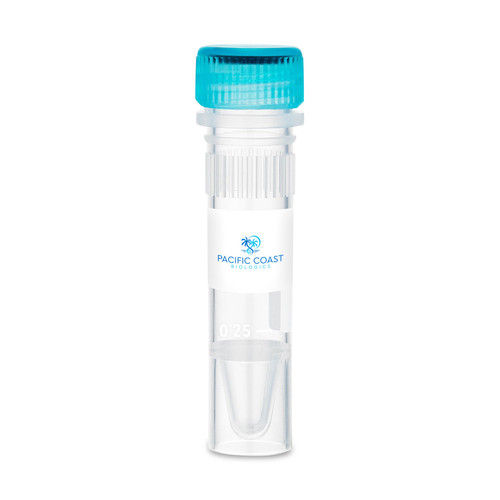IL-11, a versatile cytokine, originates from stromal cells like fibroblasts, epithelial cells, and osteoclasts. Its expression spans across various tissues, including the thymus, lungs, bones, connective tissues, and the central nervous system. Functionally, IL-11 plays a pivotal role in hematopoiesis by promoting the growth of myeloid, erythroid, and megakaryocyte progenitor cells. Additionally, it regulates bone metabolism, suppresses the production of proinflammatory cytokines, and provides protection against gastromucosal injury. Recombinant Human IL-11, constituting 179 amino acid residues, forms a 19.3 kDa protein.
|
Product Specifications
|
|
| Species | Human |
| Published species |
Human, Mouse
|
| Expression System | E. coli |
| Amino acid sequence |
MPGPPPGPPR VSPDPRAELD STVLLTRSLL ADTRQLAAQL RDKFPADGDH NLDSLPTLAM SAGALGALQL PGVLTRLRAD LLSYLRHVQW LRRAGGSSLK TLEPELGTLQ ARLDRLLRRL QLLMSRLALP QPPPDPPAPP LAPPSSAWGG IRAAHAILGG LHLTLDWAVR GLLLLKTRL
|
| Molecular weight | 19.3 kDa |
| Class | Recombinant |
| Type | Protein |
| Purity |
≥ 98% by SDS-PAGE gel and HPLC analyses.
|
| Endotoxin concentration | <1 EU/µg |
| Activity |
The ED50 was determined by the dose-dependent stimulation of the proliferation of murine T11 cells is ≤ 2.0 ng/ml, corresponding to a specific activity of ≥ 5 x 10^5 units/mg.
|
| Conjugate | Unconjugated |
| Form | Lyophilized |
| Contains |
no preservative
|
| Storage conditions | -20°C |
CAUTION
For Research Use Only. Not for use in diagnostic procedures.











